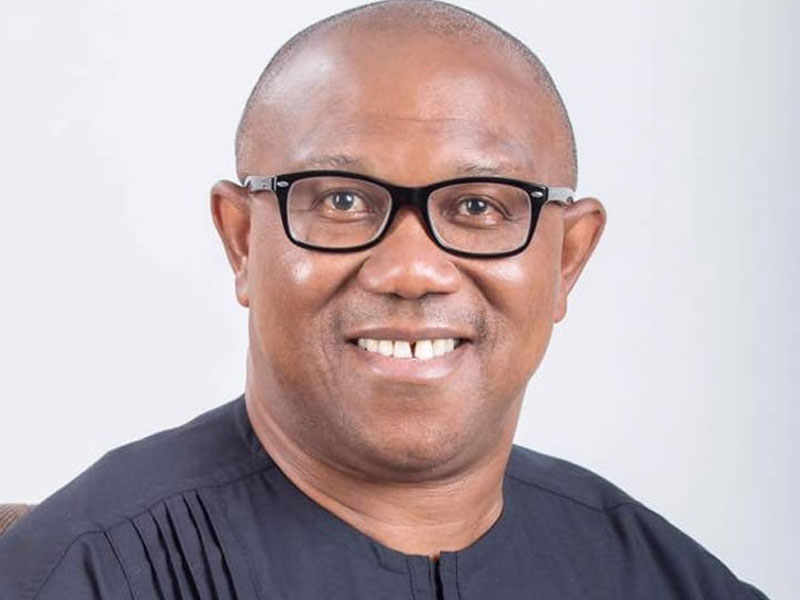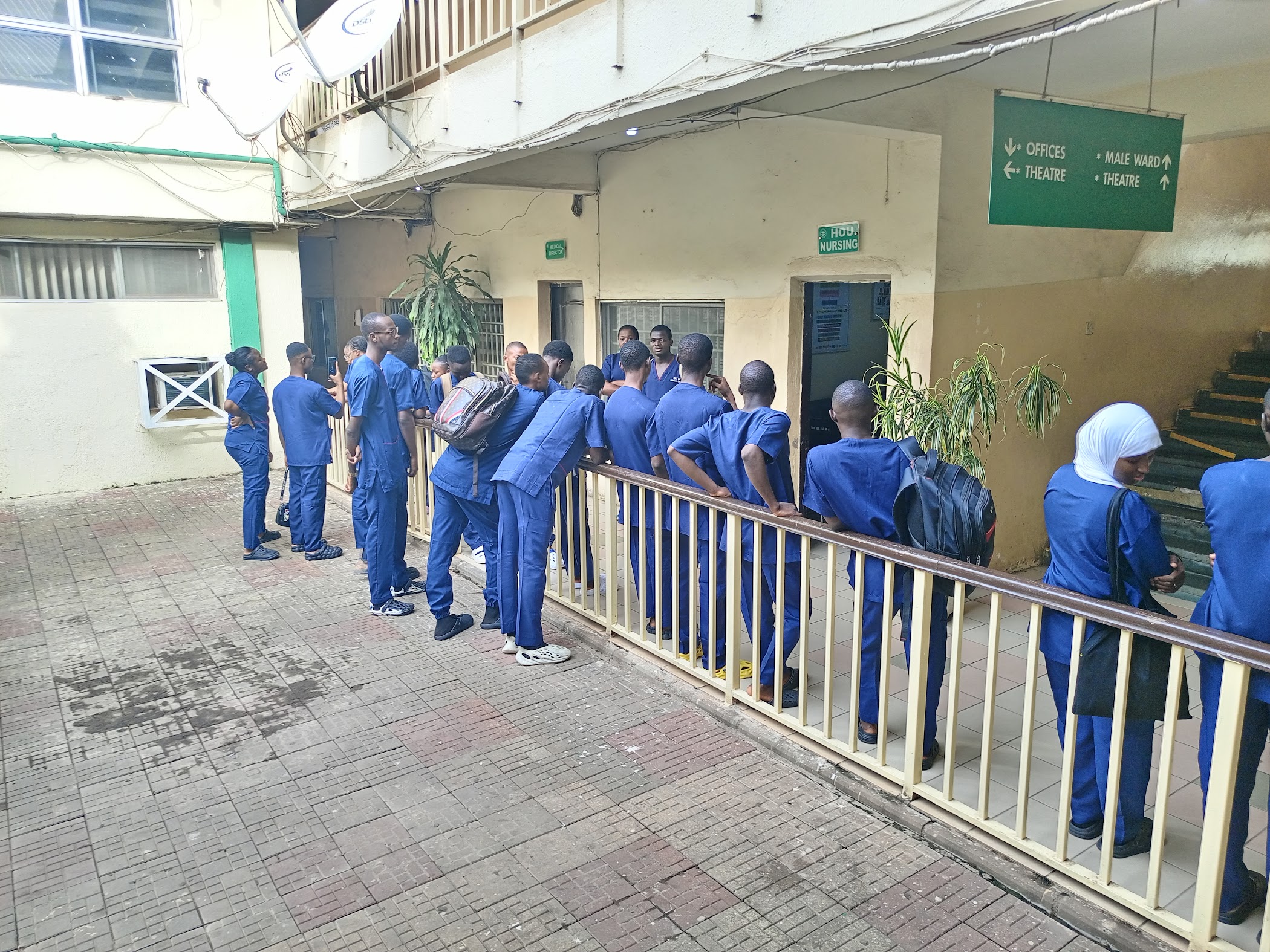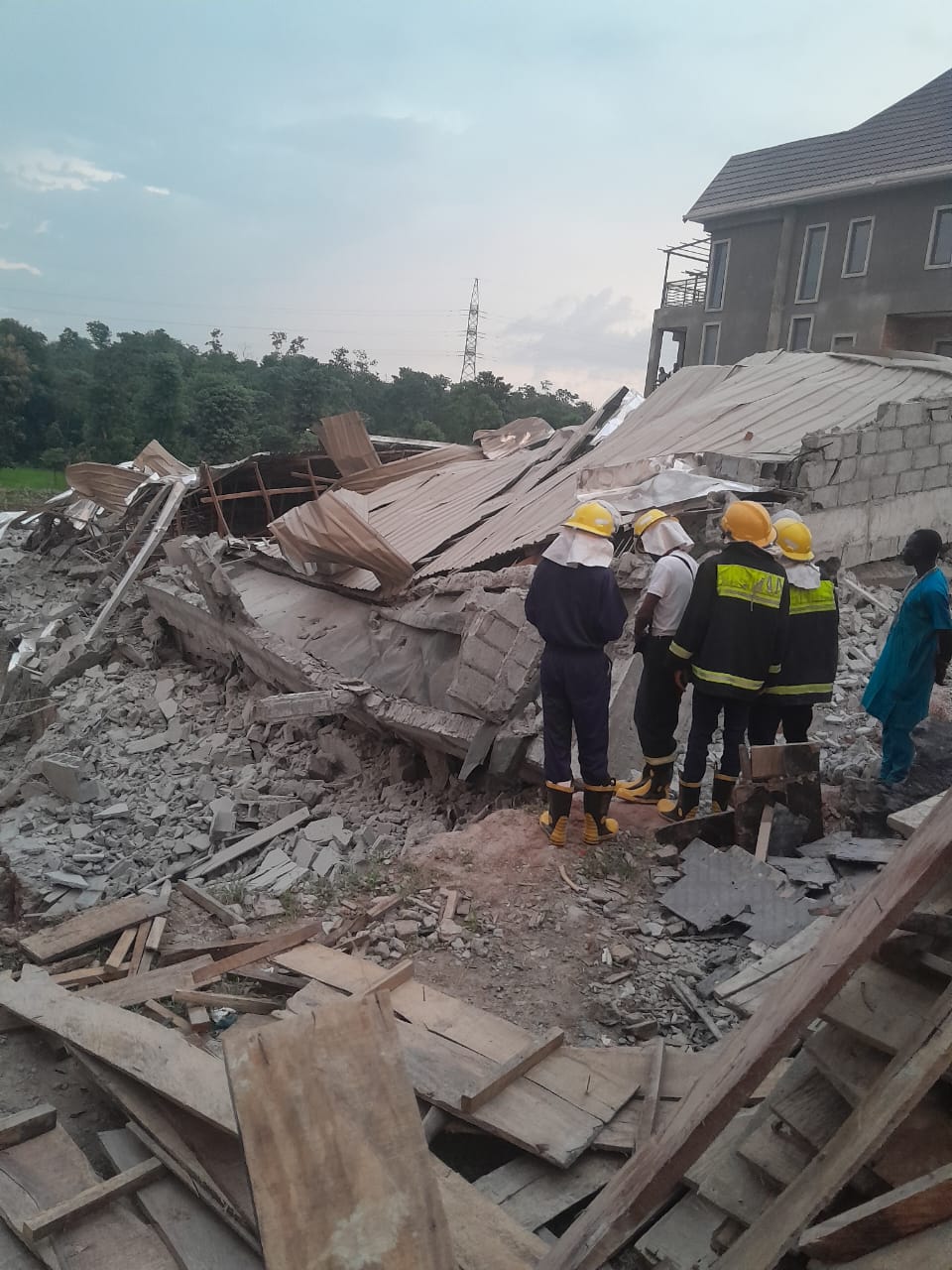From Kola Owolabi.
Yesterday, I had the privilege of attending, on invitation, the National Political Consultative Northern Group Meeting, where I spoke passionately about the North, its resilience, untapped potential, and the urgent need for inclusive development and trust.
I echoed how we have underutilised our resources, especially in the North. One of our greatest physical assets in Nigeria is our underutilized land mass in the Northern region, and I firmly believe that we can generate more revenue from agriculture than we currently make from oil.
I tried to cite some examples to show that it’s doable; Nigeria today produces about 10% of Bangladesh’s rice production, which is about 5-6 million tonnes of rice annually.
Bangladesh, with a land area of about 148,600 square kilometres, is nearly the same size as just two northern Nigerian states: Niger State, which has about 76,300 sq km and Borno State, which has about 70,800 sq km, only these 2 states have a combined 147,100 sq km and so almost equal entire Bangladesh. Despite its relatively small land size, Bangladesh, with a population of about 170 million people, is a global 3rd global rice producer of 50-60 million tonnes. Meanwhile, these two states (Niger and Borno) have a combined population of just about 10 million people (Niger with around 4 million and Borno with about 6.2 million), which means Niger and Borno have more land space for cultivation than Bangladesh, yet both states cannot produce 5% of that. And sadly, this is the same situation across the vast land of Northern Nigeria.
Taraba State, with a land area of 54,400 square kilometres, has the potential to produce significant quantities of tea and coffee for the world.
For comparison, Sri Lanka, which makes between $1.5 to $2 billion annually from tea exports, has a land area of just 65,610 square kilometres, which is barely larger than Taraba State. Because there are 22 million people in Sri Lanka and Taraba has just about 4 million people, Taraba has more space for agriculture and cultivation than the whole of Sri Lanka, but the land in Taraba is underutilised.
The North holds immense potential to transform Nigeria through agriculture.
Ukraine has become a world grain powerhouse and, despite being at war, is donating grain to help Nigeria fight hunger, when northern Nigeria, with over 720,000 sqm, is 20% larger than Ukraine’s 600,000, and we are accepting grains from Ukraine without shame.
On the issue of education, it’s almost the same story. The majority of the over 20 million out-of-school children in Nigeria are in the North.
Just this year alone, I have travelled by road from Abuja to Kafanchan, Abuja to Kaduna, Abuja to Kano, Abuja to Nasarawa and Jos, Abuja to Dutse, and many other parts of North. In some of these places, I spent time with the children in Almajiri schools, and I can tell you, these children are eager to learn. If children can memorize the Qur’an, then in those same spaces, they can also be taught English, Mathematics, and Science. If they can’t access formal schools, then let’s take the schools to them, just like it’s already being done successfully in parts of Kaduna.
We must stop seeing these children as a problem. They are our greatest human assets. With the right investment in teachers and basic educational tools, there would be transformation not just for the children, but for the entire communities. This is how we change the North. This is how we lift people out of poverty.
Imagine channeling the over ₦7 trillion uncovered in the padded budget into these critical areas, of insecurity, education, healthcare, and agriculture. The impact on the safety of our communities, farms, improvement in our education, healthcare, agricultural production will be immeasurable.
Our leaders must have compassion and start investing in humanity and the people.
With trust, unity, and a shared purpose, we can save this country and get a Nigeria that works for every citizen, where no one is left behind, no matter where they are.











